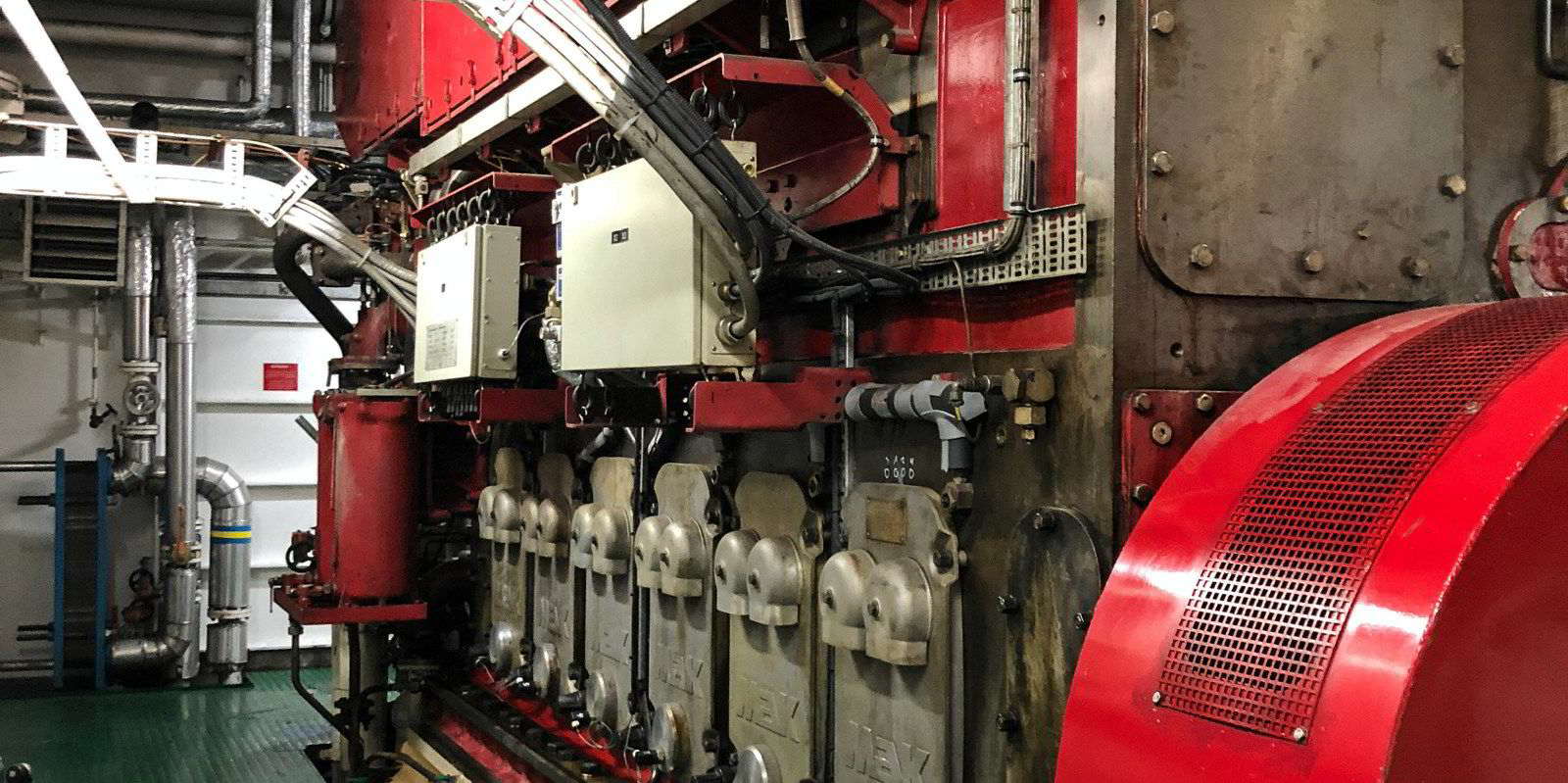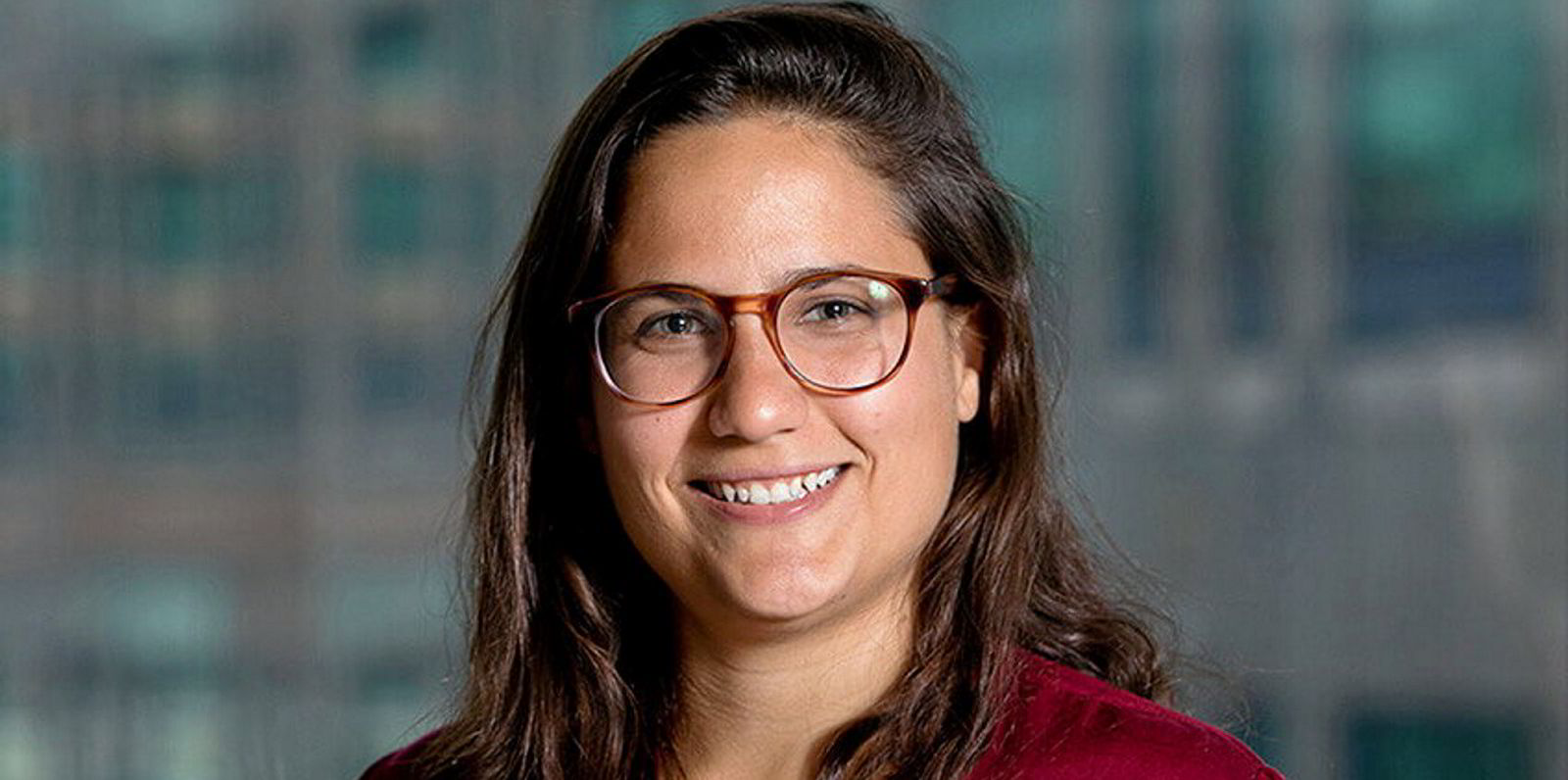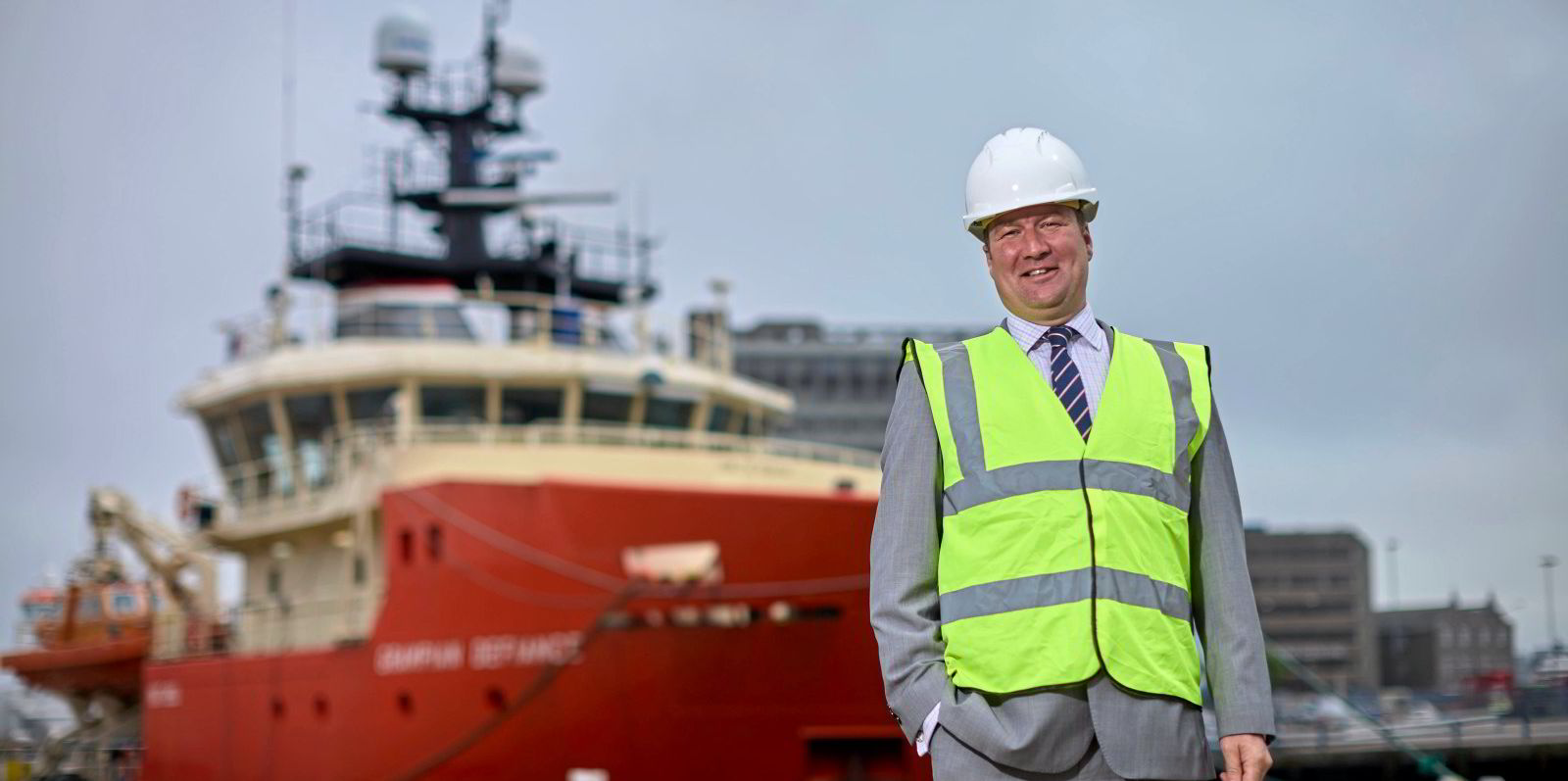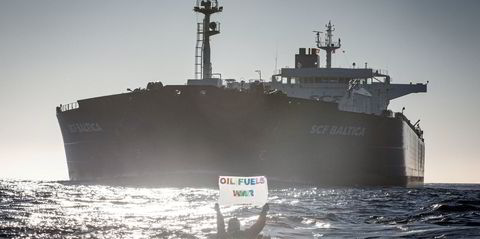Columbia Shipmanagement's CSM Energy is looking to retrofit unwanted offshore support vessels for work on wind farms.
The offshore ship manager has joined forces with Greece's Hydrus Engineering to bring selected oil and gas ships up to scratch environmentally through the installation of hybrid battery propulsion systems.
Upgraded vessels will use up to 30% less fuel, reducing emissions and significantly cutting maintenance costs for the diesel generators that power the ships.
Retrofitting existing vessels will be far quicker and much more cost-effective than building greener OSVs from scratch, the companies said.
The two sides have worked together in the past and say they know how to complement each other.
They are offering a feasibility assessment, pre-financing evaluation, budgeting and procurement control, engineering, retrofitting, supervision and commissioning.
The aim is to "deliver a valuable asset in a rapidly growing market", they say.
Lambros Nakos, executive director and partner at Hydrus Engineering, told TradeWinds his company started with shipbuilding project management and expanded into retrofits and ship design.
The company has 85 engineers in Athens and 100-plus marine surveyors worldwide, mainly in the Far East.
Upgrade idea

"At some point a few months ago we started working together with CSM Energy on an existing laid-up OSV, and tried to find a way we can make things work for such vessels," Nakos said.
"One of the ideas on the table was to see how we can upgrade the power train of this old vessel and make it attractive for new chartering opportunities," he added.
The executive believes the technology can be applied to a whole group of OSVs that are facing a harsh market.
Oil and gas companies are looking for ways to offset their carbon footprint and wind farm operators need green stakeholders, he said.
"We believe OSVs eventually used in that market should have that green profile as a must, as a prerequisite," Nakos added.
"We have focused on platform supply vessels because the market is bad, a lot of these vessels have been laid-up, chartering rates are still bad; it doesn't make sense for any operator to utilise these vessels," he added.
The executive explained there are two routes for owners to go down.
The first is newbuildings, which means a significant spend and delivery in two or three years.
So Nakos believes companies are left with the second option: "We have to efficiently retrofit existing vessels."
"Not all vessels are suitable, we have first of all to assess the asset we have in our hands," he added.
Interest growing
Over the last three or four months, operators with laid-up ships have been coming to the companies for a feasibility assessment so they can at least have this option on the table, Nakos told TradeWinds.
"After that, it's a discussion with the potential charterer," he said.
Kyriakos Tsangaris, technical director at CSM Energy, said: "Operationally the vessel can win from lower fuel consumption and emissions. Our battery retrofit solution can win a lot of things for owners."
Work can be carried out globally, with retrofits taking three to four weeks depending on the size of ship.
The current orderbook for new OSVs has declined since 2016, with fewer than 50 vessels contracted since the beginning of 2020.
A growing market
The offshore wind market is now worth $65bn per year, compared with the offshore oil and gas sector, which is valued at $45bn.
OSVs are versatile, with a wide deck area and space for new equipment, the companies said.
The ships have a lifespan of 25 to 30 years, Nakos explained. Retrofits will add 10 to 15 years of life, he believes.
Diesel-electric vessels are the most suitable for conversion.
The venture will also look at capital expenditure, operating costs and what chartering opportunities there are.
If a time charter rate makes sense, then the project is up and running, Nakos said.
Tsangaris added: "CSM does the operational part, we fill all the gaps, from the very beginning, such as new procedures for electric power."
"We decide when to use engines, when to use batteries and adjust maintenance operations," he said.
CSM Energy also offers access to specific funding opportunities for such projects.








